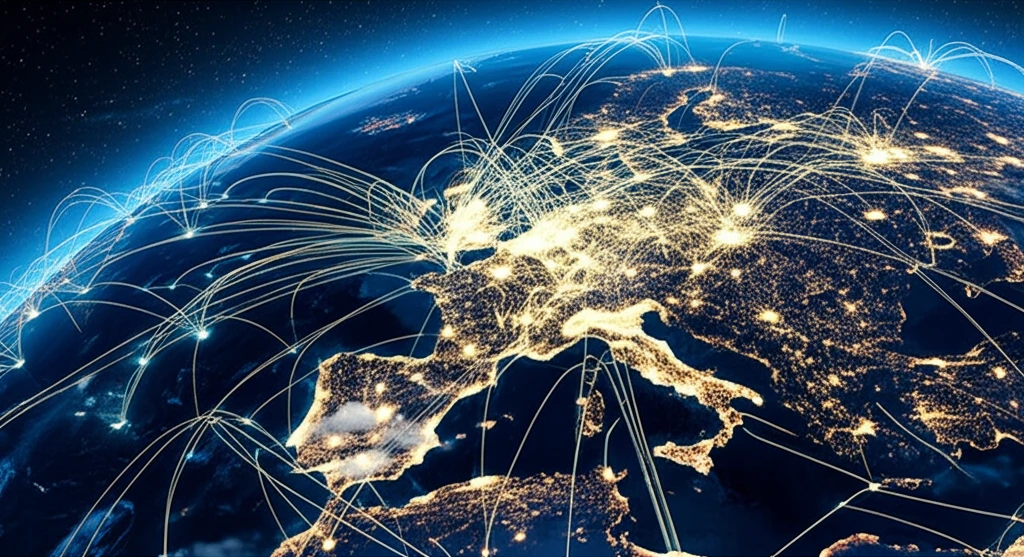
Predicting Tomorrow's Power: How AI and Climate Data Are Revolutionizing Energy Forecasting
"Unstable Energy Demand is the Main Challange in the Industry - Discover how advanced forecasting tackles electricity's unique storage problems with European models."
In the modern world, electricity is more than just a convenience; it's the lifeblood of our economies and daily lives. Unlike traditional commodities, electricity's unique challenge lies in its near-impossibility to store in large quantities. This necessitates a delicate balancing act between supply and demand, achievable only through precise forecasting.
Accurate electricity demand forecasts are crucial for everyone from financial traders to power grid operators. These forecasts inform critical decisions about energy production, distribution, and infrastructure maintenance. The rise of renewable energy sources, the increasing frequency of extreme weather events, and fluctuating socio-economic conditions have made accurate forecasting more complex than ever before.
Now, a groundbreaking study is revolutionizing how we predict electricity demand. This innovative approach combines the power of artificial intelligence with detailed climate data, socio-economic indicators, and political factors to generate probabilistic forecasts across 24 European countries. This article explores this cutting-edge methodology and what it means for the future of energy.
Why Traditional Forecasting Methods Fall Short?

Traditional methods of forecasting electricity demand often struggle to capture the complex interplay of factors that influence energy consumption. These methods tend to fall short due to several key challenges:
- Ignoring Spatial Variability: Electricity demand varies significantly across regions and countries due to differences in climate, economic activity, and consumer behavior. Traditional models often fail to account for these spatial variations.
- Neglecting Cross-Country Dependencies: European countries are interconnected through a vast electricity grid, meaning that events in one country can impact demand in others. Traditional models often treat countries in isolation, overlooking these crucial interdependencies.
- Failing to Address Non-Stationarity: Socio-economic and political factors, such as economic growth, policy changes, and unexpected events (like pandemics), can cause shifts in electricity demand patterns. Traditional models often assume that these patterns are stable over time, failing to adapt to these non-stationary effects.
The Future of Energy Forecasting
This research marks a significant step forward in the field of electricity demand forecasting. As the energy landscape becomes increasingly complex and volatile, these advanced forecasting methods will become essential tools for navigating uncertainty, mitigating risks, and ensuring a stable and sustainable energy future. By providing more accurate and reliable predictions, we can pave the way for smarter energy policies, more efficient grid management, and a more resilient energy system for all.
